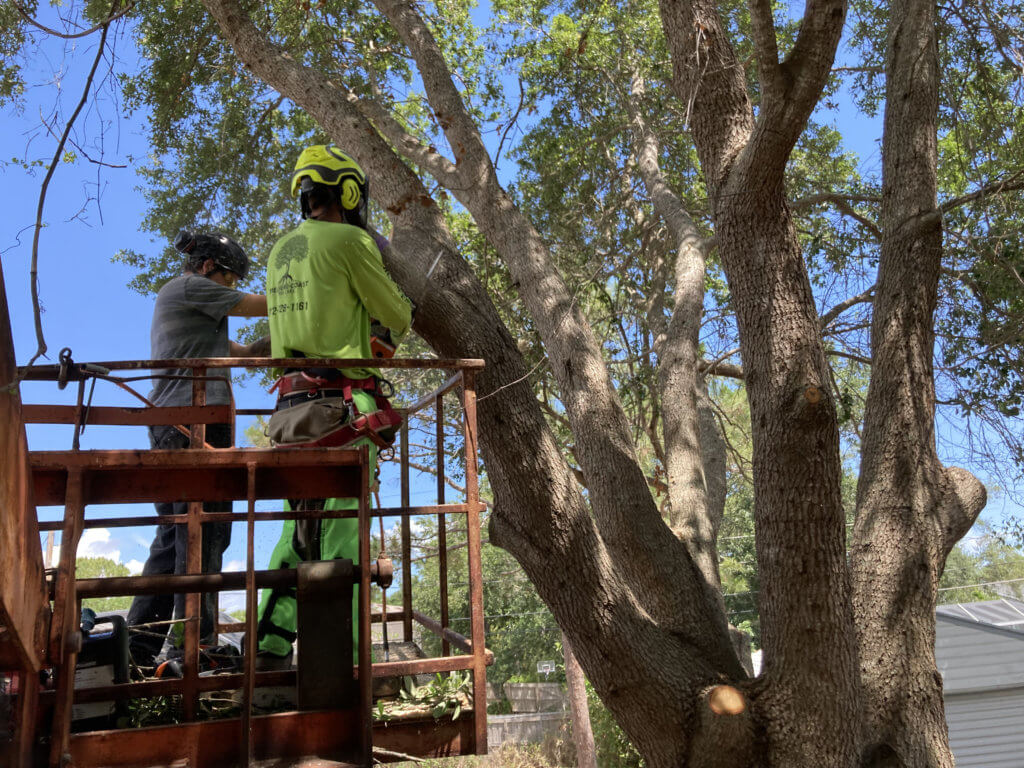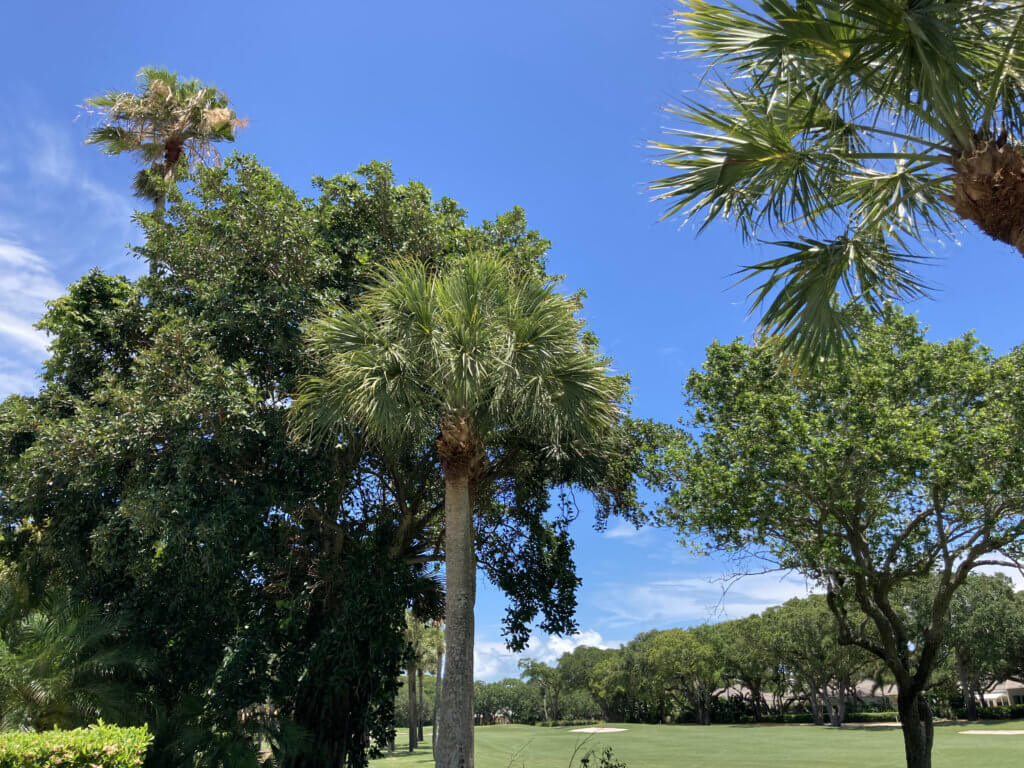Lethal Bronzing: A Threat to Florida's Palms
Throughout the state of Florida, palm trees stand as majestic emblems of tropical allure. However, amidst their splendor lurks a silent killer known as lethal bronzing. Also referred to as Texas Phoenix Palm Decline, this devastating disease is caused by a bacterium called *Candidatus* phytoplasma.
Origin & Current Trends
In 2006, a new phytoplasma disease emerged in Hillsborough County, Florida, affecting several palm tree species. Initially termed Texas Phoenix Palm Decline (TPPD), it later became known as lethal bronzing (LB) disease. The pathogen was isolated from various palms, including Phoenix dactylifera, Phoenix sylvestris, Phoenix canariensis, Syagrus romanzoffiana, and Sabal palmetto, leading to its renaming to LB disease. While lethal bronzing was initially prevalent in the southern regions of Florida, its recent surge in occurrence has extended its reach to central and northern areas as well. This expansion is attributed to various factors, including climate change, which creates conducive environments for the increase of insect vectors.
Spread and Causes
Lethal bronzing is primarily spread through insect vectors, particularly the hapless movements of the planthopper insect. These tiny pests, often unnoticed, carry the bacteria from infected palms to healthy ones as they feed on sap. Once introduced, the bacteria swiftly colonize the palm’s vascular system, impeding the flow of essential nutrients and water.
Impact On Palms
The onset of lethal bronzing manifests in a series of alarming symptoms. Affected palms exhibit premature wilting of fronds, progressing rapidly to the discoloration and necrosis of foliage. Without intervention, the disease inevitably leads to the demise of the palm. If your palm tree is dying or dead, it would be best to have it removed as soon as possible to avoid any potential damage to your property or other palms nearby.
Treatment and Prevention
Unfortunately, there is no cure for lethal bronzing once a palm is infected. However, proactive measures can be taken to mitigate its spread. Implementing robust insect control strategies, such as insecticide applications, can help minimize vector populations and reduce transmission rates. Additionally, promoting overall palm health through proper fertilization and irrigation practices enhances the tree’s resilience against the disease. According to the University of Florida’s IFAS Extension, managing lethal bronzing (LB) entails the removal of infected palms and administering preventative antibiotic injections. Research indicates that once symptoms manifest, the standard dosage of oxytetracycline-hydrochloride antibiotic is inadequate for reversing symptoms. Consequently, infected palms, upon symptom onset or positive test results, are deemed irrecoverable and should be promptly removed to mitigate further phytoplasma expansion. Timely removal minimizes the risk of disease transmission, as delaying removal increases the likelihood of contagion. Additionally, sampling visually healthy palms near symptomatic ones is recommended to proactively address the disease, as seemingly unaffected palms can still test positive. Even in the absence of symptoms, these palms require removal to prevent future infection spread. Furthermore, testing healthy palms enables the identification of uninfected specimens, facilitating early preventive antibiotic injections.
Conclusion
In essence, lethal bronzing poses a significant threat to Florida’s palm population, necessitating vigilance and proactive management strategies. By understanding the disease’s nature, origins, and methods of prevention, homeowners and arborists can work together to safeguard the state’s cherished palm trees from this insidious menace.
Source: University of Florida


